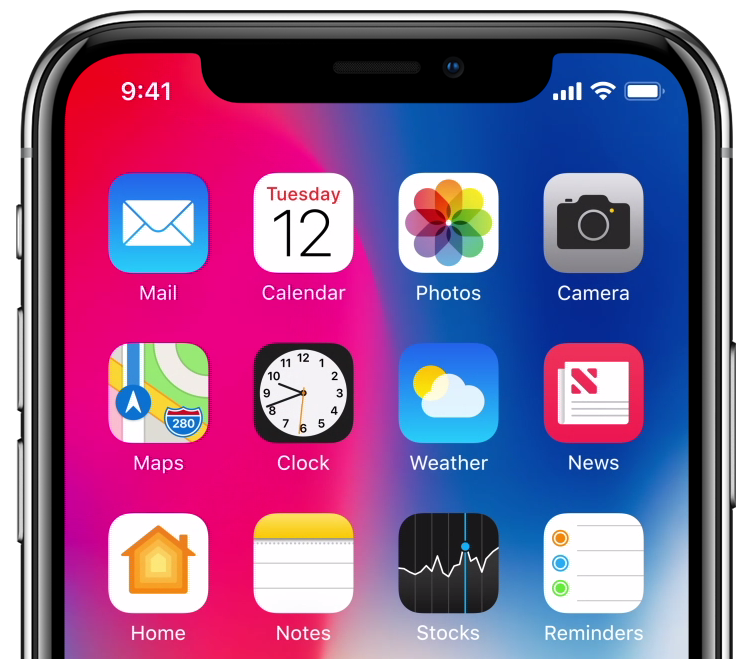
iPhone X’s TrueDepth system houses a laser light transmitter, receiver and other sensing equipment, but future models could pack those discreet modules into a single part.
Lin En-ping, the CEO of Apple supplier Largan Precision, told shareholders and investors Friday that his company has been developing 3D sensing solutions for smartphones.
He underscored that he expected demand for 3D sensing to grow rapidly following Apple’s adoption of the Face ID biometric sensor for iPhone X.
According to DigiTimes, any such technology requires a pair of sophisticated lenses that must be able to retain their optical properties in situations where laser light creates heat dissipation.
Currently, three types of lenses are used in 3D sensing solutions: all-glass lenses, glass plus plastic lenses and all-plastic lenses. It’s unclear which type of lenses Apple’s TrueDepth camera relies on because teardowns of the device are not yet available.
Largan says no one is currently planning to adopt all-glass solutions.
Glass lenses are superior to plastic ones in optical property but inferior in sensing capability, Lin said. He added that there are clients planning to adopt glass plus plastic lenses. Largan is currently evaluating the feasibility of producing aspherical molded glass lens pieces.
Apple’s suppliers have been experiencing poor manufacturing yields for the TrueDepth camera for weeks now. But as they gain experience building these parts in volume, Apple should be able to transition its entire 2018 iPhone lineup and future iPad Pro models to Face ID as the only biometric solution just as KGI analyst Ming-Chi Kuo predicted recently.
Thoughts?